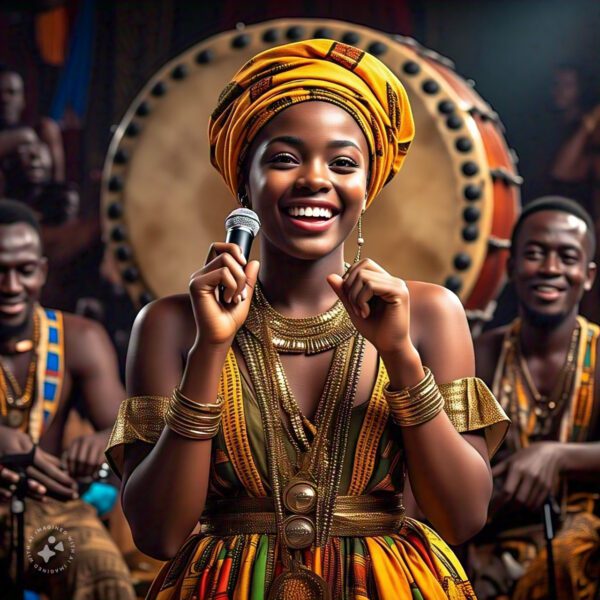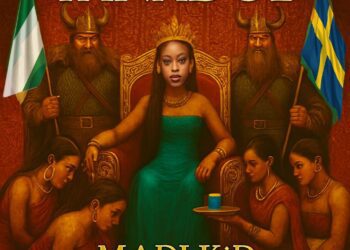

5 Vibrant Rhythms of Africa: Exploring the Rich Musical Heritage
African music culture is a vibrant tapestry woven from diverse traditions, languages, and histories. From the continent’s southern tip to its northernmost reaches, music plays an integral role in African life, accompanying celebrations, ceremonies, storytelling, and everyday existence.

Traditional Roots
African music’s ancient roots stretch back thousands of years, with instruments like the djembe (Mali), kora (West Africa), and mbira (Zimbabwe) holding sacred significance. Rhythms and melodies passed down through generations evoke ancestral spirits, honor deities, and convey cultural values.

Regional Styles
Africa’s 55 countries boast unique musical styles:
1. Afrobeat (Nigeria): Fela Kuti’s fusion of jazz, funk, and Yoruba rhythms.
2. Highlife (Ghana): Upbeat, horn-driven sounds blending traditional Akan music with Western influences.
3. Juju (Nigeria): Yoruba percussion-based music with Islamic and Christian elements.
4. Raï (Algeria): Soulful, French-inspired folk music.
5. Mbube (South Africa): A cappella harmonies born from traditional Zulu singing.
Modern Fusion

Contemporary African music seamlessly blends traditional and global styles:
1. Afrobeats: Wizkid, Davido, and Tiwa Savage’s international chart-toppers.
2. Afro-house: Black Coffee’s electronic beats infused with African rhythms.
3. Hiplife: Ghanaian hip-hop merging local languages with global flows.
Instruments and Dance

African music’s dynamic instrumentation and dance styles include:
1. Djembe: Mali’s rope-tuned goblet drum.
2. Kora: West Africa’s 21-stringed harp.
3. Azonto: Ghana’s energetic dance style.
4. Ndombolo: Congo’s dynamic, hip-swiveling moves.
Impact and Legacy
African music’s influence extends far beyond the continent:
1. Blues and Jazz: African rhythms shaped American musical genres.
2. World Music: African artists inspire global collaborations.
3. Cultural Exchange: Music facilitates cross-cultural understanding.
Conclusion
African music culture is a kaleidoscope of sounds, rhythms, and traditions. Its rich heritage continues to captivate audiences worldwide, fostering unity, celebration, and cultural appreciation.





































